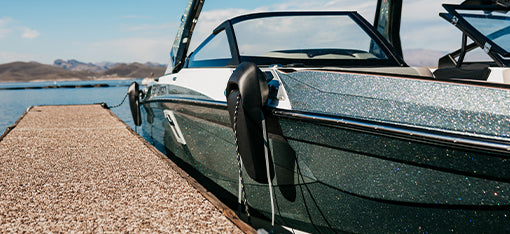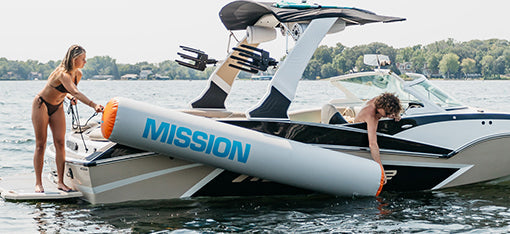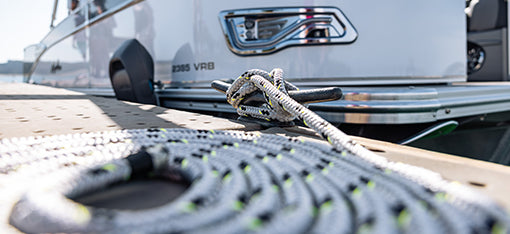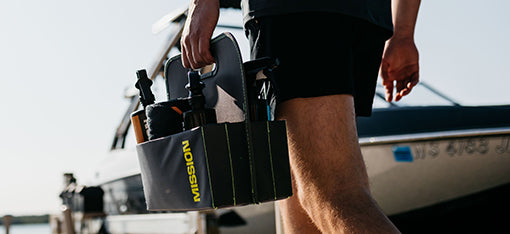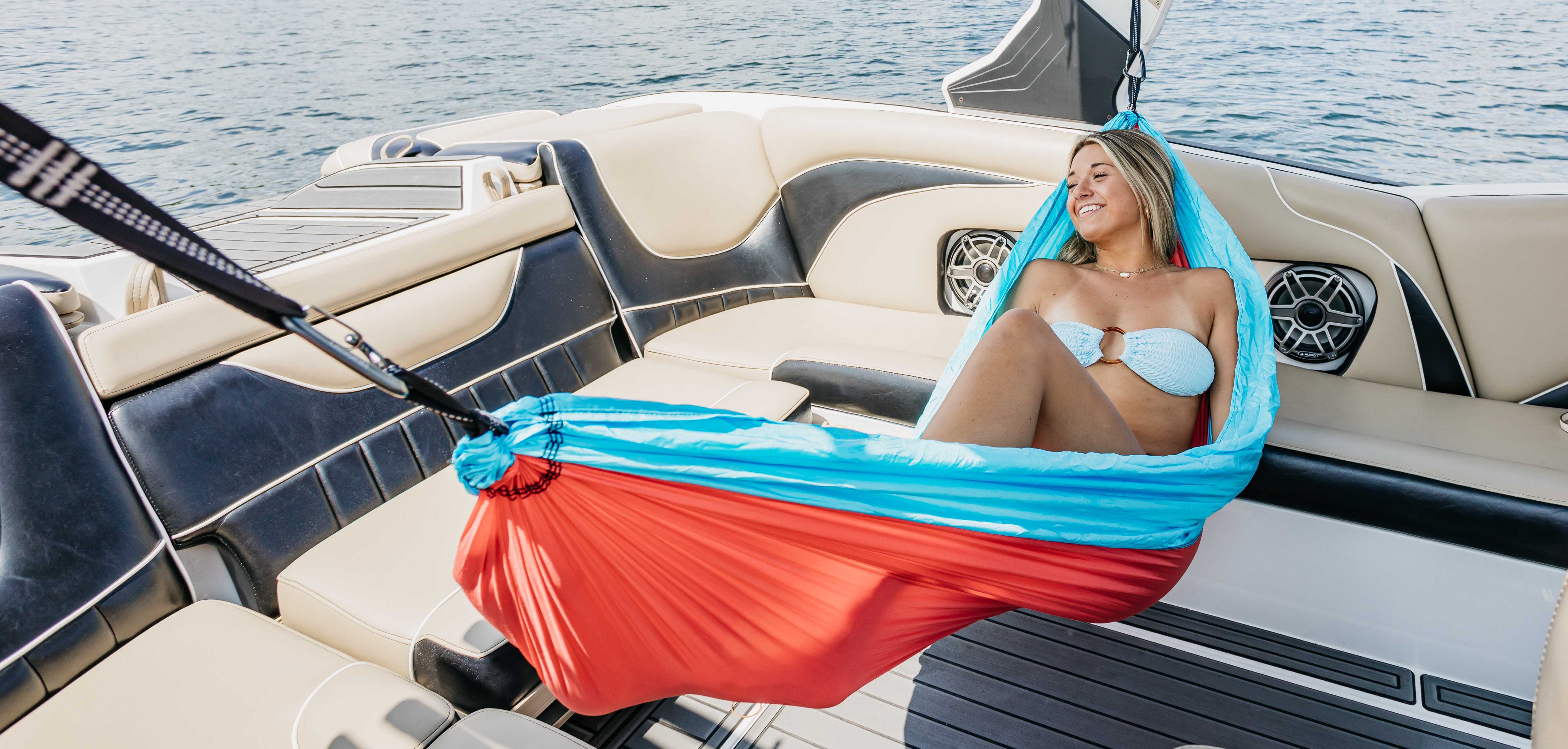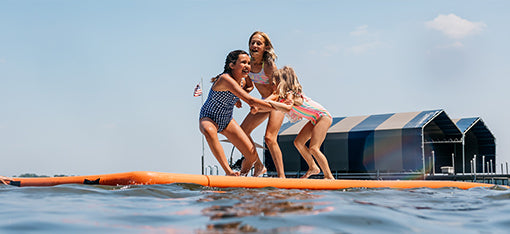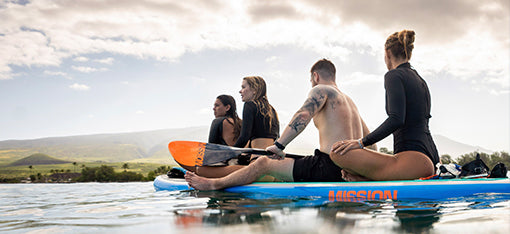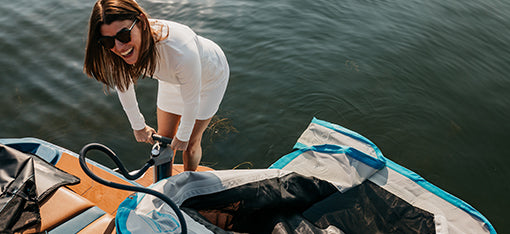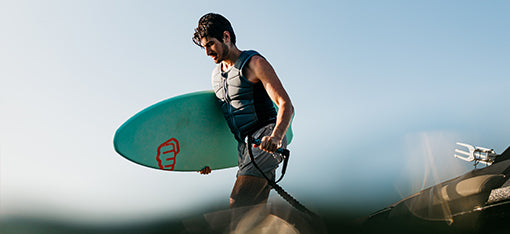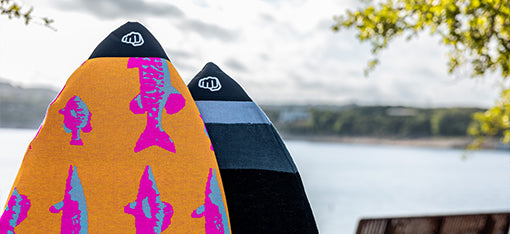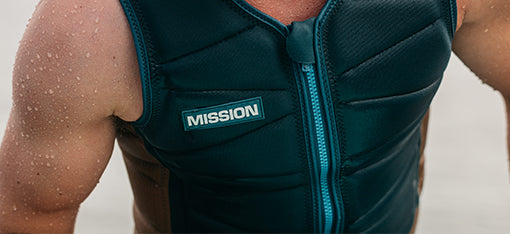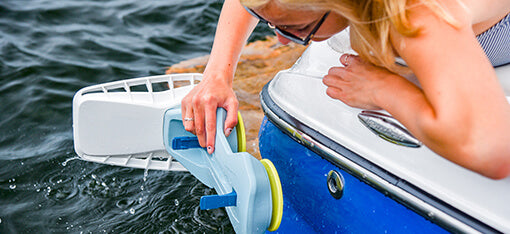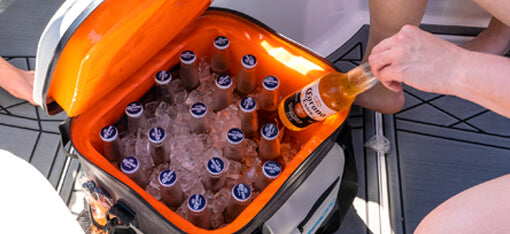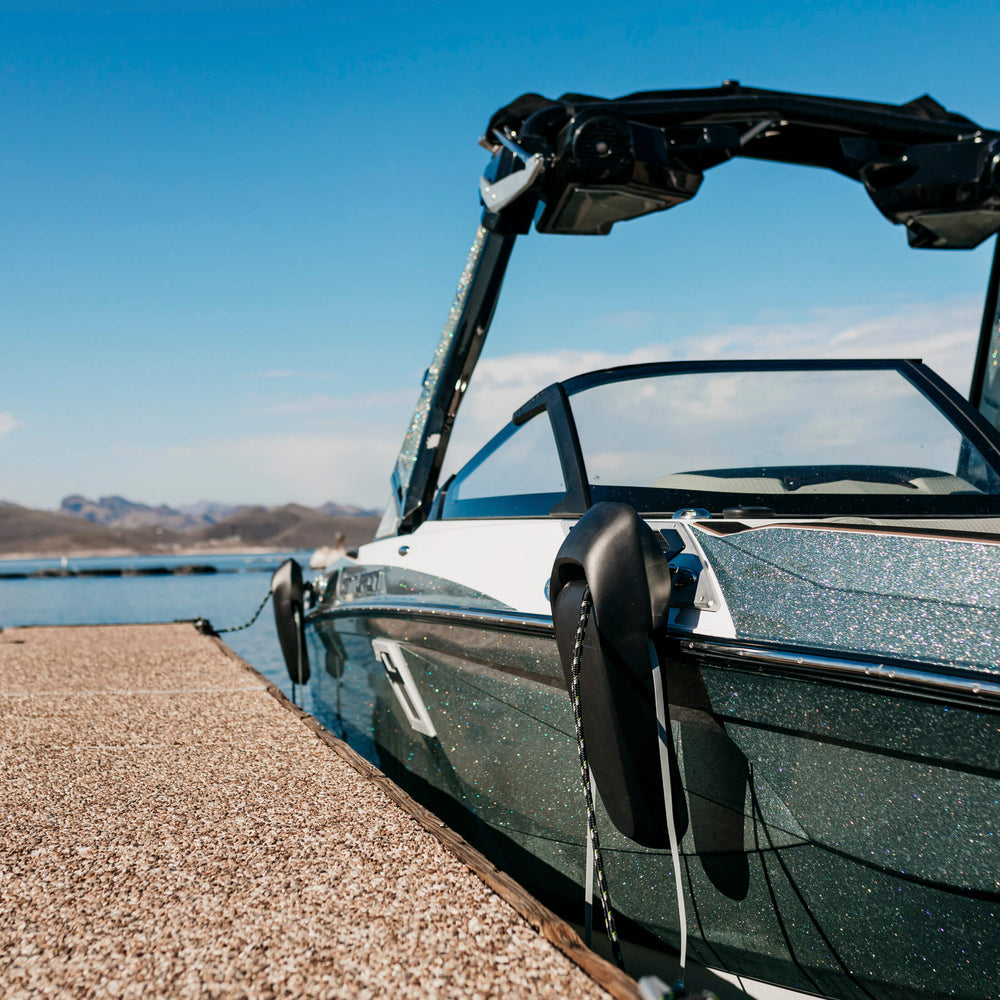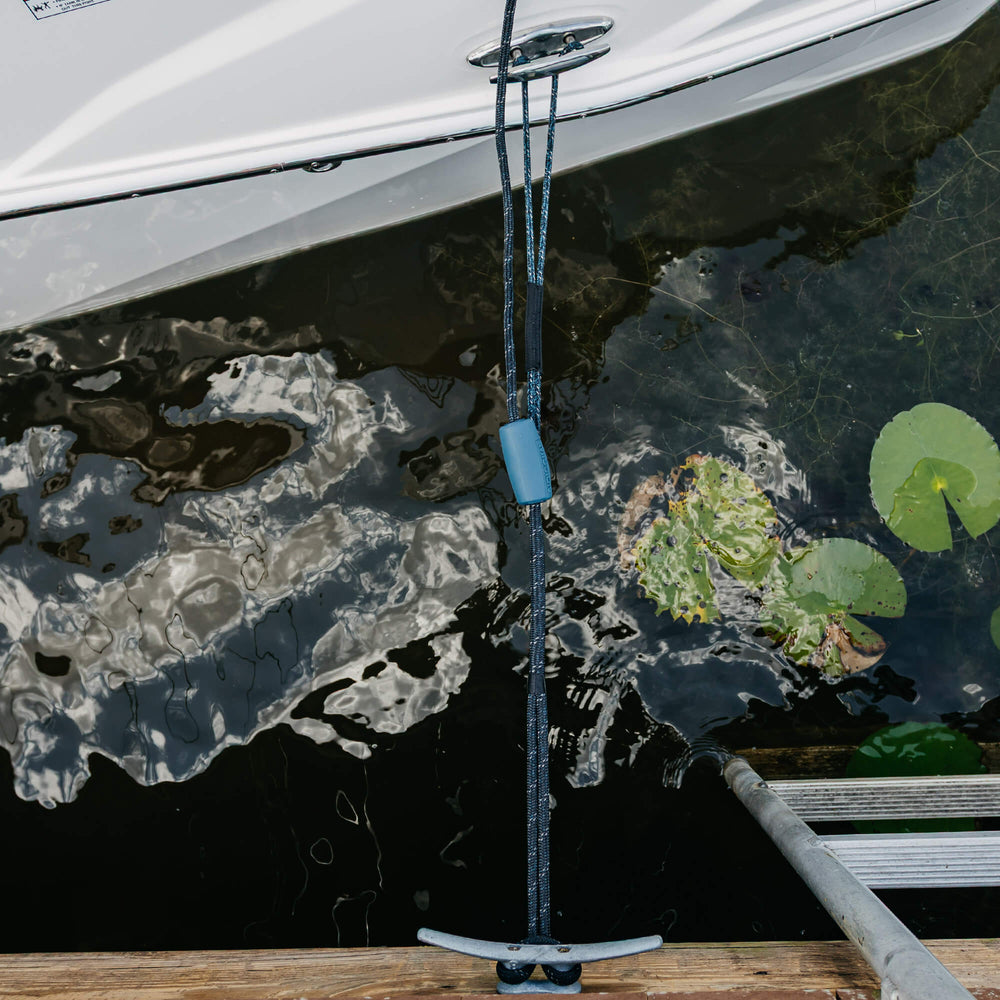Different Types of Boat Anchors | Not All Boat Anchors Are Created Equal
One anchor to rule them all? Not exactly. Your anchor needs will depend on where you’re boating, what kind of boat you’re captaining, weather conditions, and whether you need something for permanent mooring or just a day-use anchor.
Novels could be written on anchor styles, techniques, and uses. For today, we’re just going to dip our toes into the shallow waters and talk about the basics of choosing an anchor for your day on the water.
Anchor Styles Breakdown
There are roughly a half-dozen core anchor styles out there (plus some variations on each style) but many of them are designed for large, open-water boating applications. For now, we’re just going to focus on the three anchor styles that apply to the majority of recreational boaters.
Fluke/Danforth Anchors
Fluke anchors (also known as Danforth anchors) are one of the most popular styles due to their versatility. Flukes work great in loose or soft sediment like sand, mud, or clay but the struggle is real in rocky environments.
Flukes are generally defined by two wings (called “flukes”) that straddle a central lever arm (called the “shank”) which pivots at the connection point.

Claw Anchors
Claws are great Jack-of-all-trades anchors that can handle mud, sand, and rock but can have a hard time penetrating harder surfaces like clay. The claw anchor’s versatility comes at the cost of holding power in some cases.
While most claw anchors feature one-piece construction, some may come with folding tines (also referred to as “grapnel anchors”), as illustrated below.


Mushroom Anchors
Mushroom anchors are probably one of the most recognizable among recreational boaters. Their one-piece construction features an anchor bell and shaft, as illustrated below. They’re great for holding smaller boats and floating mats like the REEF.
Mushroom anchors work best in muddy, sandy, or silted bottoms where the sediment can build up in the lip of the bell, which increase its holding power. Rock and clay bottoms are the mushroom anchor’s kryptonite.

Anchor Materials
Anchors come in a variety of materials but the true value of an anchor lies beneath the surface. Boom! Multi-layered nautical pun. OK, choosing the right anchor material really comes down to preference, how you plan to use it, and what your budget is. Do you need your anchor to be pretty or just get the job done? Are you able to afford a more expensive material or are you comfortable replacing your anchor more often? Let’s take a look at the differences between the common anchor materials.
Galvanized Steel
Galvanized steel is a great material for anchors because it’s strong, affordable, and corrosion-resistant. The drawback is that galvanized steel isn’t the most aesthetically pleasing and the galvanization will wear down over time.
Stainless Steel
Stainless steel shares the strength and corrosion-resistant properties of galvanized steel, but it sacrifices affordability for a sexy, shiny finish. If you decide to shell out a few more greenbacks for a stainless steel anchor, be aware that the finish is vulnerable to scratches and surface damage that can affect the appearance.
Aluminum
Aluminum anchors are perfect for smaller boats. They’re significantly lighter than steel anchors but the trade-off is that they’re more expensive than stainless steel and not as strong or durable.
PVC Coated
Some anchors (typically mushroom-style) will come with a PVC coating to protect the metal from damage and corrosion, and to protect you and your boat from scrapes, cuts, and other damage.
Calculating Anchor Size
A general rule of thumb for calculating how much anchor you’ll need is to use a one-pound of anchor weight for every one-foot in boat length. So, if you have a 26-foot boat, you should buy a 26-pound anchor. Your anchor needs will vary based on different boating conditions (river vs. lake, sand bottom vs. rock, wind, weather, etc.).
You should always bring a spare/emergency anchor in case your primary anchor fails or you run into a bottom that your primary anchor isn’t compatible with.
Setting Your Anchor: What Is Anchor Rode?
Anchor rode is the length of rope or chain (or a combination of the two) that attaches your anchor to your boat. We recommend using a combination of chain and nylon. The chain should attach to your anchor and the nylon should connect the chain to your boat. The weight of the chain will help your anchor lie properly on the lake or river bed and the flexibility of the nylon rope will be better at handling the strain and tugging as your boat shifts in the water. Nylon is also easier on your hands when setting or pulling the anchor, and it’s easy to secure on your boat cleats.
Another general anchoring rule of thumb is to use seven-feet of rode for every one-foot of water you’re anchoring in. So, if you’re anchoring in 20-feet of water, you’ll want to use at least 140-feet of rode. “Uhh. Dude? That sounds like a lot of rope.” It is, but the length of the rode is critical because it allows the anchor to reach the lake bed or river bottom and set properly, as illustrated below. If the rode is too short, your anchor won’t set properly and your beautiful boat will drift away.


That was just a brief introduction to the world of boat anchoring. Spend any time searching the topic online and you’ll find no shortage of opinions on which styles are the best for any boating environment. Once you get your boat anchor figured out, don’t forget to snag a couple of SENTRY fenders to keep your boat protected on all sides.
See you on the water!


